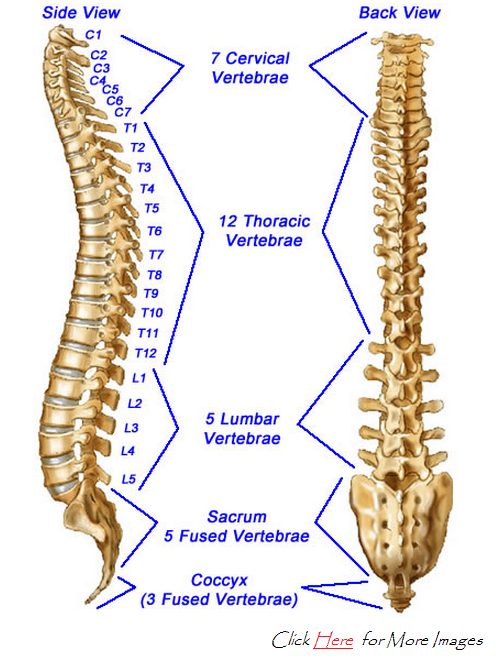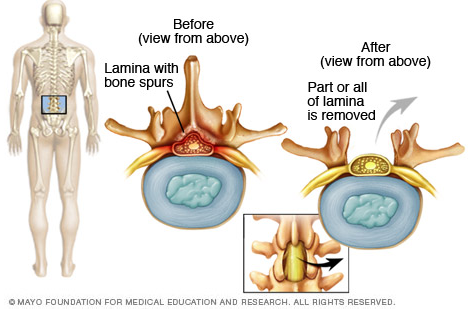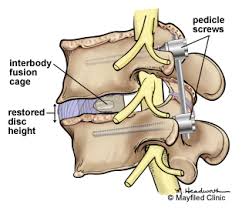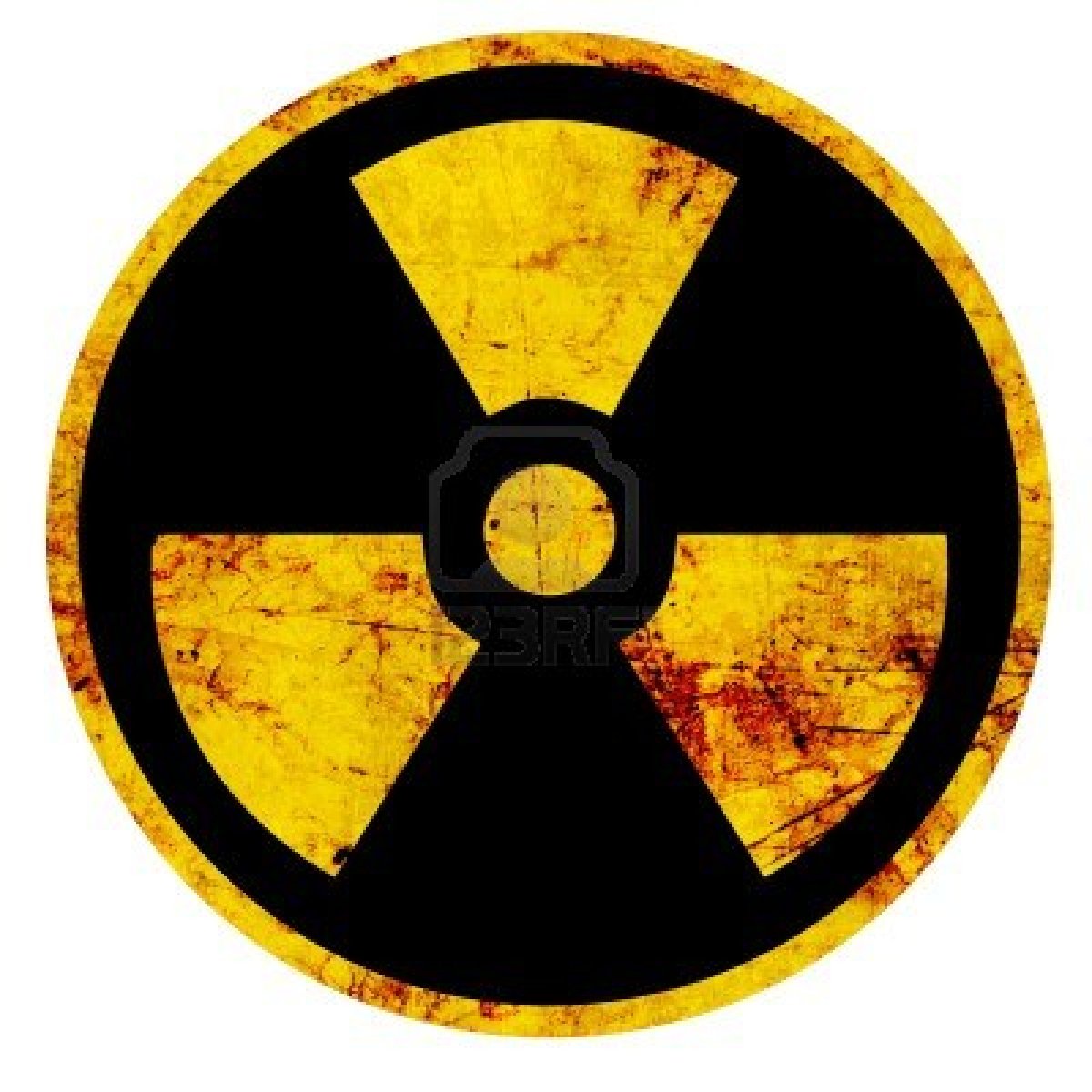Welcome to the seventh installment in my eight part series on how to fix your lower back pain. This week we will be digging deep deep deep within the spine with our scalpels and retractors to make sense of spinal surgery. As a way to quickly navigate through the other parts of the installment- number one hand you stretch your mind around yoga, number two was about Pilates at its very core, number three was a tough pill to swallow about pharmaceutical management, number four was the sharply written acupuncture therapy, number five was a buy one get one free, Chiropractic and Massage Therapy, and an afterschool special extra feature all about red flags
I have tried to keep my opinions out of these articles and present as much fact as possible, however, I will write my disclaimer below so take anything I say beyond that with rationale that I do have a bias.
DISCLAIMER: Spinal surgery is an absolute necessity for rare cases to prevent paralysis or death. That being said, I have seen a push in the mainstream where people opt to undergo very invasive and serious surgery as a way to manage pain way before they have run out of conservative measures (medication, physical therapy, alternative therapies, etc…).
I’m a believer that there is no magic pill/no silver bullet that will reverse long standing chronic pain. To achieve some level of relief, it is imperative to put the hard work in necessary to decrease disability by improving stability and mobility.
Again, I would never tell someone not to have surgery as it could save their life or basic functional ability- however I ask that they take an objective look at the realistic outcomes and rehab that follows. I’ve seen many patients after spinal surgery- some had good outcomes, many did not. This is not a product of which surgeon does what, but rather what damage has already been done and what can ***Feasibly*** be improved.

Ok, off my soapbox I go. From here on out, you will read objective data and non-controversial information. Thank you for letting me say my spiel. Oh wait, one last thing…

THIS IS THE NUCLEAR OPTION! Once surgery is performed, there is no reversing being cut into. It is super important to discuss- at length- with your physician about what to expect!!!
Ok, really now, I’m done editorializing
…maybe

Quick background knowledge into how the spine is labeled. The spine is broken up into 5 regions: cervical (neck), Thoracic (mid back), Lumbar (lower back), sacrum (buttock), coccyx (tail bone). They are labeled from top to bottom with the first letter of the corresponding region followed by the numbered segment. For example, C6 would be the 6th bone from the top in the cervical portion of the spinal column and L5 would be the fifth bone from the top of the lumbar region.
When surgery is performed, or really any moving segment is spoken about, it is referred to as the moving segment between two bones. For example, if someone said they were having fusion surgery at L4, they probably mean they are having their L4-L5 bones fused together.
Spinal Surgery. That is the catch-all term used to explain what procedure is being done, but of course every procedure is different and I will outline a bunch of the popular procedures below starting with the most common of its type. As I mentioned in my disclaimer, surgery in the spine is usually elective, meaning it is an approach to manage issues as opposed to necessary treatment to maintain life. Indications for surgery are usually one of the three following
- Decompress a nerve or the spinal cord
- Remove detrimental motion in the spine by fusing portions of the spine together
- Decrease life threatening deformities like advanced scoliosis in the mid back which may affect the heart or the lungs. I will not be discussing this particular type of surgery as it pretty straight forward and more rarely done than the other two
Laminectomy
A laminectomy is the removal of the bone (lamina) on the back side of the spinal column. This is the most common procedure done as it is often done in conjunction with many other surgeries.

This procedure is often called decompression surgery as it removes the compression that occurs on the nerves that exit the spine that may cause pain, paraesthesias (tingling/numbness), and weakness into the legs.
The compression is usually caused by new bone growth as a result from arthritis. People with pain down their legs usually have back pain as well- this surgery does little to help pain in the back.
As mentioned above, other surgeries are often coupled with this one as this is the best way to visualize and affect the spine and its related structures.
Discectomy
Connected to laminectomy above, this surgery removes compression of nerves caused by advanced disc herniations. To get to the disc, a laminectomy must be performed. In this picture below, we see what a normal disc vs. a herniated disc looks like.

Just as with the laminectomy, this does less to help the back, and more to relieve issues going down the legs.
Microdiscectomy
Very similar to the discectomy, except think of this as cleaning up the disc as opposed to removing it. A laminectomy is oftentimes still performed, however more of the disc remains intact afterwards.
Spinal Fusion
Spinal fusion is a procedure completed to eliminate all motion from a moving segment of the spine. When a portion of the spine moves too much, it could cause compression on the nerves that exit the spine, or even on the spinal cord itself.

Fusions often use parts of other bone to fuse the spine together. When a fusion is completed, it is up to the moving segments above and below to maintain motion of the spine. For this reason, a fusion often creates problems for other segments that begin to move too much.
If you have back pain, you may be thinking, “I definitely do not have any problem with being TOO flexible!”, however, much like after fusion surgery, when one segment does not move, others have to move more causing “hypermobility”, or too much motion. Therefore, if you complain of having a”tight” back, somewhere else is moving a lot more to steal that motion.
Risks of Surgery
Starting with obvious risks you could probably assume about cutting into the spinal region are the following: Bleeding, infection, blood clots, and nerve injury (including short and long term numbness, weakness, or paralysis).
There is also something called “Failed Back Surgery Syndrome” that refers to the fact that many people have successful surgery on the anatomical level (i.e. bones are properly fused, lamina or disc successfully removed), but still have the pain that brought them to their surgeon in the first place. As I mentioned in the disclaimer, I do not believe this has anything to do with the surgeon, but rather the fact that the damage done is oftentimes not reversed just by removing the visible dysfunctions.
Conclusion
There are two main reasons people get surgery on their spine: to decompress or fuse the spine. Decompression can be done by just removing some bone, or by removing part or all of the disc. Fusions will limit motion of a spinal segment completely. All the surgeries mentioned here focus more on the pain that goes down the leg as opposed to pain at the spine itself.
There are obvious risks to any surgery performed, but there is also the risk of a failed back surgery where the pain is not altered at all after all the proper surgeries and rehab has been completed.
Thanks for sticking with me through this subject. Unfortunately the past two subjects have been a little… heavy.
Next week I wrap up this beast on a lighter subject with a look into physical therapy and its benefits for lower back pain. I obviously saved the best for last and am VERY excited to discuss the ins and outs about how it can help.
I will now try to liven up the mood by showing you a picture of my irresistibly cute daughter, Charlotte. She recently started walking and talking so now the fear and excitement is a constant ebb and flow in my life naturally.

I want to apologize for my obvious bias in this realm. I’ve been told I lean more to optimism as opposed to realism in that I feel that conservative measures can do so much to help with back pain. I profess that I treat every patient the way I would want a healthcare provider to treat my mother. I would be hard pressed to be comfortable for her to go under the knife unless it was serious/our last option.
Anyway, If I did a poor job of keeping my bias at bay, feel free to comment some anger down below.
As always, be well.
Dr. Daniel Davids PT
(646) 733-4737


Great job!!
LikeLike
Very informative! And I find your opinions to be very rational and smart. As you know, I have had extensive surgeries on my spine and neck. For me it was the last option, after trying every other form of relief: traction, shots, meds, chiropractor and physical therapy. I have had much success with all of my surgeries, giving me almost instant relief from pain and giving me back my quality of life! However, I have seen many people NOT have the success that I have had, so I agree with you that you have to try everything else possible. And I have learned that two people can have the same surgery with the same surgeon and have completely different results, almost always because of the extent of damage/injury prior to and leading up to the surgery. No two people are the same. That being said, your daughter is so adorable and growing up so fast! My best to you and your beautiful family!
LikeLike
Great response Rosemarie! Thank you so much for that reply. If you don’t mind me revealing a little bit about you, I think it definitely helps that you are young! I try to think about the age group of a lot of people who end up with the surgeries and most of them have a decade or two over you. That point aside, you are absolutely right to different people with the same surgeon taken care of the same surgery could have very different results. I’m so happy you had the amazing results you did! Thank you for the compliment about Charlotte. I love your half dozen and seeing all the pictures as well
LikeLike